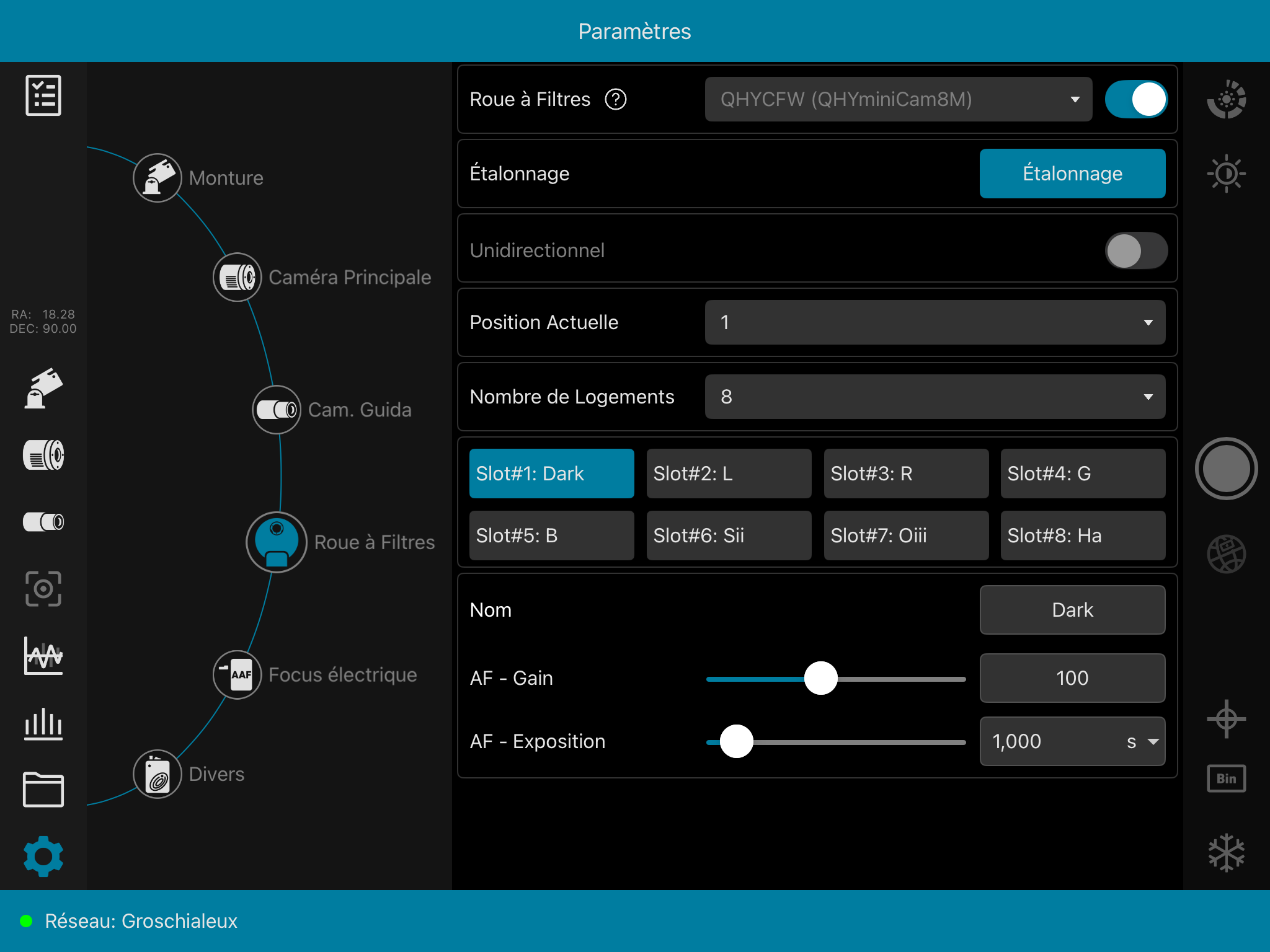Hello,
I am having issues calibrating guiding on my StellaVita. It's a new rig, I took it out for the first time last night. The hardware is:
A video from Touptek I saw on youtube shows the calibration steps will go up until it reaches a distance of 25.00. My issue is that it's moving extremely slowly. I let it go up to over 25 steps and it hardly moved at all. The default calibration step size in the guide settings is 750. I changed it to the max allowed value of 6000, it helped a bit but still after 25 steps the distance was just around 10.
Does anyone have suggestions as to what I could try ? I'm beginning to wonder if it's an issue with the Stellavita+EQM-35 combination.
I am having issues calibrating guiding on my StellaVita. It's a new rig, I took it out for the first time last night. The hardware is:
- QHYCCD Minicam8
- Skywatcher Evolux 62ED (400mm, 358 with 0.9x reducer)
- ZWO ASI120MM with ZWO Mini guide scope
- ZWO EAF
- Skywatcher EQM-35 Pro mount.
A video from Touptek I saw on youtube shows the calibration steps will go up until it reaches a distance of 25.00. My issue is that it's moving extremely slowly. I let it go up to over 25 steps and it hardly moved at all. The default calibration step size in the guide settings is 750. I changed it to the max allowed value of 6000, it helped a bit but still after 25 steps the distance was just around 10.
Does anyone have suggestions as to what I could try ? I'm beginning to wonder if it's an issue with the Stellavita+EQM-35 combination.
